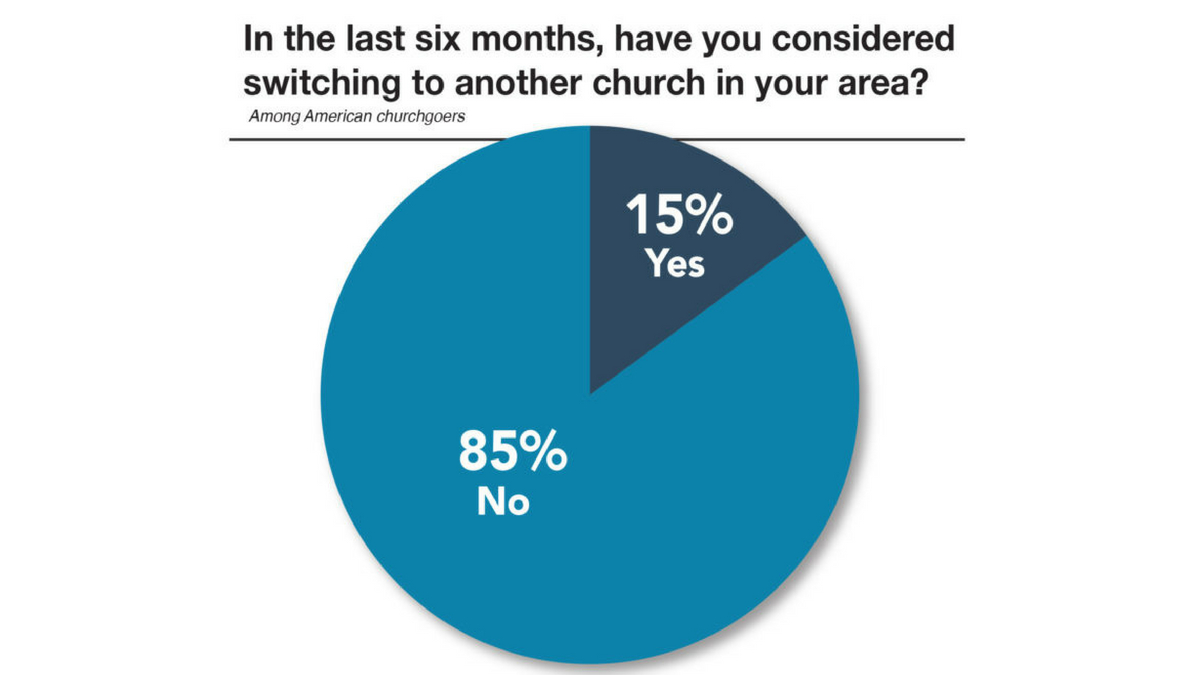by Ed Stetzer, adapted from Subversive Kingdom (2012, B&H Publishing Group).
… When Christ instructed his followers to head out under the Holy Spirit’s direction and empowering, bearing witness of him “in Jerusalem, in all Judea and Samaria, and to the ends of the earth” (Acts 1:8), this signaled a new chapter in kingdom work. No longer were God’s people to be continually drawn toward Jerusalem, as had been the case throughout the Old Testament. They were now being sent out from Jerusalem. The centripetal mission of bringing outsiders into an earthly city was being replaced by the centrifugal mission of taking heaven’s glories to the cities of the world. The indwelling Holy Spirit and his amazing visitation at the Pentecost celebration of Acts 2 meant the church was being empowered to pursue, not to be pursued.
This is why, when giving a talk at a missions meeting recently, I said rather facetiously, since it was a non-Pentecostal gathering, “What we need in our churches–in all kinds of churches–is more speaking in tongues.” (Insert nervous laughter here.) My focus–and what each of us along all points of the Christian spectrum should be able to concur with–is this: the church needs to be speaking the heart languages of all the world’s people groups, both at home and abroad. Rather than merely throwing open the doors of our building to a “come and see” festivity (and thereby considering ourselves fully compliant with a kingdom calling), we need to be going out into the darkness with a “here’s light” message of freedom for all kinds of people, in all sorts of life settings and situations.
So I say any church daring to call itself missional might consider doing three kingdom things: (1) serving locally, (2) planting nationally, and (3) adopting an unreached people group globally. Why? Because God wants his glory to be manifest before men and women everywhere through his covenant people on earth. He wants his found children wholeheartedly engaged in rescuing his lost children. He wants his people living and declaring his grace to those who are starting to see the pointlessness of human progress.
Read more at … https://pastors.com/the-church-on-mission-a-subversive-kingdom-excerpt/



You must be logged in to post a comment.